How to Fix High Ping in Apex Legends
The issue of high ping in Apex Legends has become a frequently discussed topic among players. Many people complain about the poor quality of game servers, but that's not entirely accurate. The fluctuations in Apex ping are influenced by numerous factors. In this guide, we will provide a detailed analysis and introduce the best methods to fix this issue.
Apex Legends is currently the most popular multiplayer online battle royale game. Its unique three-player squad design and characters with distinctive playstyles are highly favored by players. Over the years since its release, it has continuously attracted both new and veteran players. However, for various reasons, high ping has now become the most troublesome issue for players. In this guide, we will delve into how to lower ping in Apex Legends.
- What Is a Good Ping in Apex Legends?
- Causes of High Ping in Apex Legends
- Best Method to Reduce Apex Legends Ping
- Other Methods
What Is a Good Ping in Apex Legends?
In Apex Legends, ping (measured in milliseconds, or ms) represents your connection speed to the game server. The lower your ping, the better—it means less delay between your actions and what happens on-screen.
Ping Tiers in Apex Legends:
- < 30ms: Excellent – Nearly instant response (ideal for competitive play).
- 30–60ms: Good – Smooth gameplay with minimal lag.
- 60–100ms: Playable – Minor delays, but still manageable.
- 100–150ms: Noticeable Lag – Shots may feel delayed; harder in fast fights.
- 150ms+: Poor – Rubberbanding, stutters, and major disadvantages.
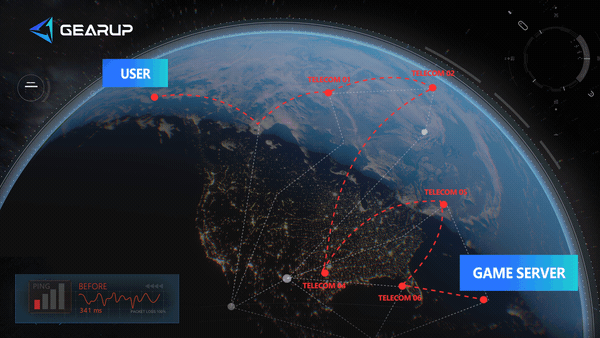
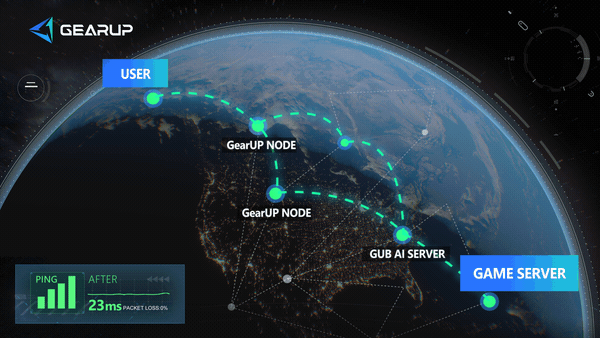
Causes of Apex Legends High Ping
Imagine this: your trio squad encounters enemies at a crucial resource point and engages in intense firefight when suddenly, your ping spikes. Despite your precise aiming, it seems like you're not inflicting any damage. The next second, you find yourself downed, waiting to be revived. High ping can kill your gaming experience. Several factors contribute to Apex Legends high ping:
- Server Location: Playing on a server that is geographically distant from your location can result in higher ping times due to the longer distance the data needs to travel.
- Network Congestion: High traffic on your home network, such as multiple devices streaming videos or downloading files simultaneously, can saturate your bandwidth, leading to higher ping.
- Background Applications: Applications running in the background, especially those consuming internet bandwidth like cloud-sync services or software updates, can increase your Apex Legends ping.
- Server Overload: If the game server you are connected to is experiencing high traffic or technical issues, it can result in high ping for all connected players.
Best Method to Reduce Apex Legends Ping
It must be admitted that most players are unwilling to spend too much time fixing network issues. They just want to quickly enjoy the game, and network problems are complex—attempting to fix them yourself can easily lead to more errors. In that case, you can try the game VPN GearUP Booster. It can automatically diagnose network issues and switch nodes, creating a more stable and smoother route for data transmission, thereby reducing Apex Legends ping. Even if sudden lag spikes occur mid-game, it can dynamically adjust. Additionally, GearUP Booster can help you switch server regions in Apex Legends and minimize latency as much as possible.
Step 1: Click this button to download Apex Legends and get a free trial.
Step 2: Search for Apex Legends.
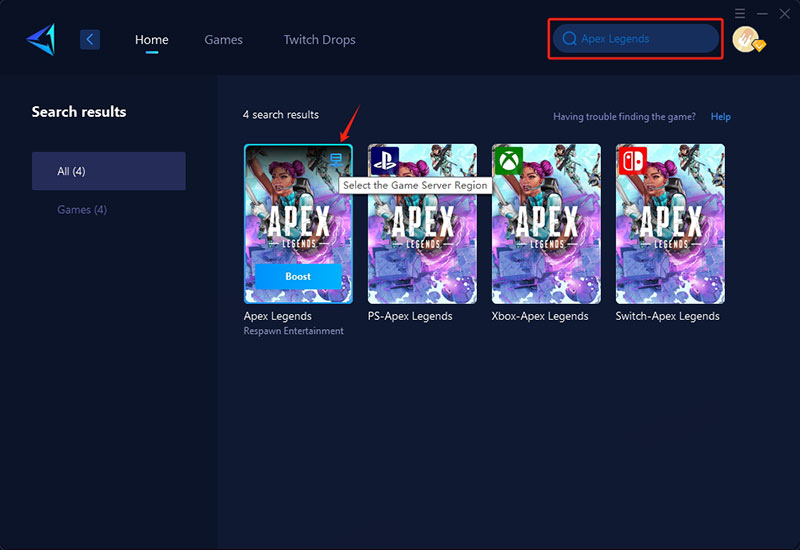
Step 3: Select a server—GearUP Booster can help you change the server region for Apex Legends. If you are not sure which server is better, then you can test Apex Legends ping here to understand the most suitable server for you.
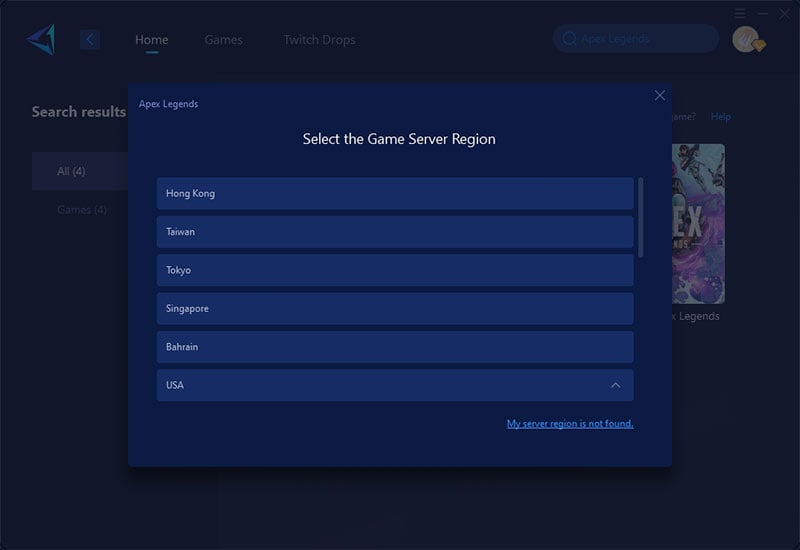
Step 4: Start boosting, launch the game, and you'll see detailed network optimization results, including your ping and packet loss rate.
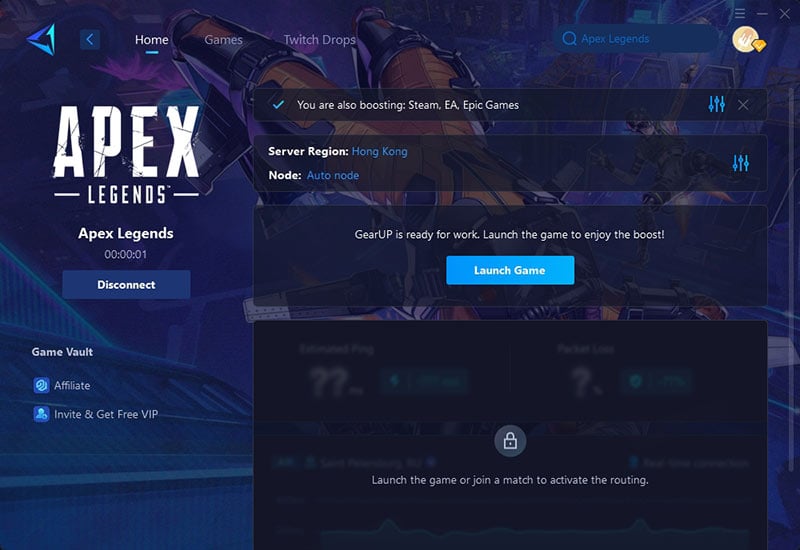
Other Methods to Reduce Apex Legends Ping
1. Connect to the Nearest Server
Manually selecting a server that's geographically closer to you can dramatically reduce Apex Legends ping times.
- Launch Apex Legends and wait on the title screen.
- Access the Data Center: After a minute, the option to access the Data Center will appear at the bottom of the screen. On PC, this can be done by clicking; on consoles, you may need to press a specific button.
- Select the Nearest Server: Review the list of available servers and their ping times. Choose the server with the lowest ping that's closest to your location.
- Confirm and Play: Exit the Data Center screen and proceed to play the game. Your connection should now be to the selected server.
2. Use an Ethernet Connection
A wired connection is more stable and faster than Wi-Fi, reducing jitter and packet loss.
- Get an Ethernet Cable that's long enough to connect your PC or console to your router.
- Connect Your Device to the Router using the Ethernet cable.
- Disable Wi-Fi: To ensure your device uses the Ethernet connection, disable the Wi-Fi connection through your device's network settings.
- Restart Your Device and router to ensure changes take effect correctly.
- Play Apex Legends and check if there's an improvement in ping.
3. Close Unnecessary Background Programs
Running too many background applications can hog your internet bandwidth and system resources, leading to higher ping in Apex Legends. Here's how to optimize your setup:
- Open Task Manager (Ctrl+Shift+Esc on PC).
- Sort by "Network" or "CPU"—close heavy apps (browsers, downloads, etc.).
- Disable startup programs (in Task Manager's "Startup" tab).
- Restart Apex Legends and check ping.
Conclusion
In conclusion, encountering Apex Legends high ping can hinder the overall gaming experience. While various factors contribute to this issue, employing intelligent tools like GearUP Booster alongside other standard optimization methods can significantly alleviate these problems and enhance gameplay while ensuring data security and privacy throughout the process.
About The Author
The End

